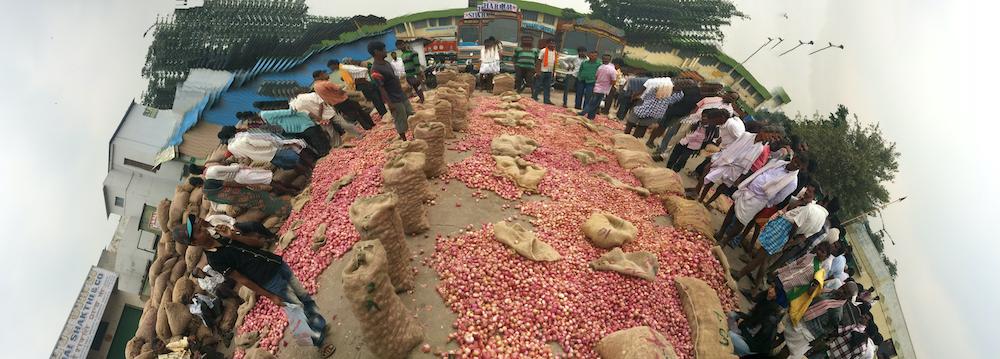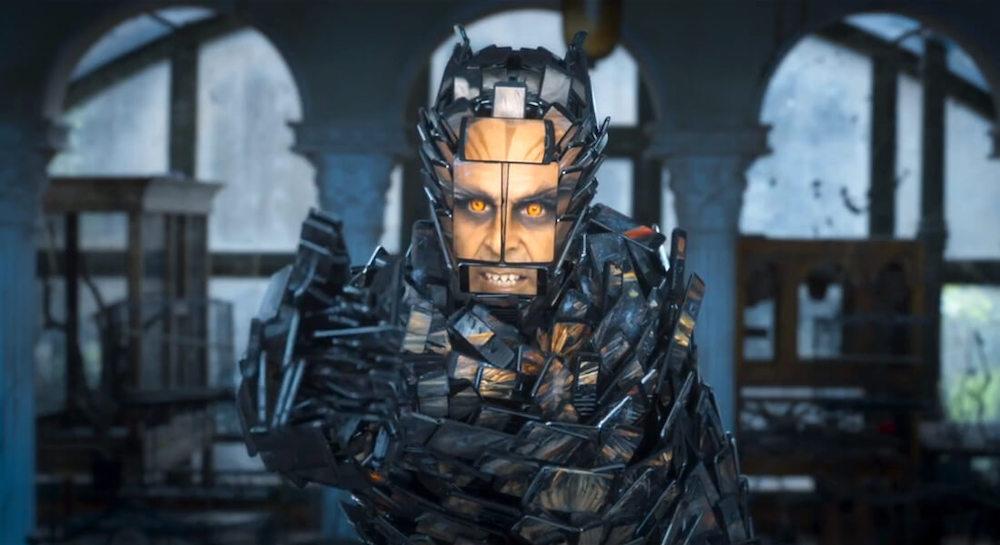Investigating the Digital Image

Jennifer_in_Paradise. (Constant Dullaart. 2013. Restored Digital Image Re-distributed Online with Stenographically Encrypted Message. Image courtesy of the artist.) Jennifer in Paradise was the first image to be used on the image manipulation software Photoshop by its maker John Knoll. The photograph was of his wife, taken by him on a vacation, and was later circulated with the first version of the software.
The digital image is often said to present a break in the continuous flow of media—from painting, to the printed image, to photography, cinema and television. Instead of creating an analogue visual record of reality, digital images are made through a process of encoding such a reality into finite sets of pixel values. This form of digital encoding—which converts a visual image into mathematical data—reveals that photographs often contain more information than what the human eye can process. Simultaneously digital photography can also sacrifice certain visual properties such as depth, clarity and colour in a photograph for the sake of image compression and lower file sizes to allow for easier circulation and reproduction of these images.
In his essay “The Paradoxes of Digital Photography” published in 1995, Lev Manovich asked the following questions, which still remain pertinent today: “Is an image, mediated by computer and electronic technology, radically different from an image obtained through a photographic lens and embodied in film?... Shall the phenomenon of digital imaging force us to rethink such fundamental concepts as realism or representation?”

From the series Garble, Yeshwanthpur Market. (Devika Mohan. Bengaluru, 2015. Image courtesy of the artist.)
Constantly evolving technologies of image-making, manipulation and processing have created new possibilities for the photograph as an object. These arguably present a departure from existing modalities and functions of pre-digital photography. Allowing for many layers of intervention through effects, filters and other control parameters on the event of capture, digital photography has induced a marked shift in the way photography is understood and conducted. Consequentially, two key ideas of photography have been disrupted, generating a plethora of questions to be explored by artists today. The first is the idea of authenticity, or the indexical relationship between the photograph and reality. Of course, this claim of indexicality and accuracy has been the subject of many critical interventions by photographers practising in the medium of film as well, and in some ways this has always existed on shaky ground. However, digital photography seriously challenges these theories rooted in photography’s “truth claim” or the belief that it depicts real events, such as in the ideas of Roland Barthes. In his seminal book Camera Lucida, he writes: “The photograph is literally an emanation of the referent. From a real body, which was there, proceed radiations which ultimately touch me, who am here…” As such, a digital image may or may not have any referential connections with reality. However, with the coming of imaging technologies like Virtual Reality and Augmented Reality—where digitally generated images create a world of their own which is inhabited just as much by humans, as by other image processing software—the notion of reality itself is brought into question. As a result, it destabilises many assumptions about the functions and possibilities of images.

Still from the Film 2.0 (Dir. S. Shankar. 2018.). The film is said to be one of the most expensive films ever made in India, owing to its massive visual effects (VFX) budget.
In the same essay, Manovich cites the example of computer graphics used in mainstream Hollywood films like Jurassic Park as they appear to emulate photographic and cinematic reality. He points out that this technological achievement of photorealism is often confused with realism, “...we, over the course of the last hundred and fifty years, have come to accept the image of photography and film as reality.” Herein lies the paradox, which has become even more visible as increasingly advanced computer graphics are used to simulate events in films, advertisements and other commercial media—generating photorealistic visuals while being notably unreal, or bearing no relation to reality.
In the following post "Authorship, Dispersion and the Digital Image," I discuss ideas of authorship and distribution in photography, which have witnessed complete transformations with the shift to the digital. This investigation into digital images will be followed by several albums on this platform showcasing projects by artists from the region, further exploring the questions opened up by the coming of digital photography. Please search for "Kheti Badi: Chinar Shah's Photographs of her Digital Farm" in the Albums section and "Reframing Generic Images: Old Indian Photos by Nihaal Faizal" in the Stories section.




